
Chia (Salvia hispanica), also known as Mexican Chia or Salba, has a long history of use in South America and was a major food crop in pre-Columbian civilisations, particularly favoured by the Aztecs. There are actually over 60 different varieties and other species such as Golden Chia (Salvia columbariae) are grown and used in a similar way.
Health benefits
Chia comes from the Mayan word meaning ‘something that makes you strong’ and the health benefits of this plant have been known for a very long time. Chia seeds are gluten-free and contain essential fatty acids (including omega-3), protein, antioxidants, phytonutrients, vitamins, minerals and fibre. Chia are known to stabilise blood sugar levels as well as reduce cholesterol and blood pressure.
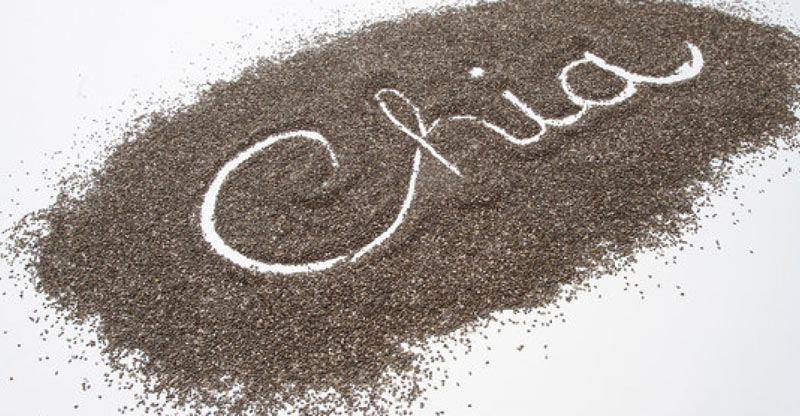
Growing Chia
Chia is an annual herbaceous plant growing to over a metre in height. Plants can be sown in March or April under cover and seeds should germinate within a couple of weeks. Chia can also be sown in the ground outside in May but this may reduce the chances of them flowering and setting seed (they may not anyway). Plants produce a prolific amount of leaves and should flower between July and August. They are frost tender and prefer a dry sunny position in the garden with just enough, but not too much, water. In the wild Chia have adapted well to arid conditions and areas of low soil fertility. Chia is also known as a ‘fire following’ plant and thrives after foliage in the growing area has been burnt down.
Our seeds were raw and organic from a raw food supplier (can’t remember which one) and were sown in March in pots and planted out amongst the water hungry cucumbers (not a good idea in hindsight) just after the last frosts. Plants were quite fragile and side stems broke off easily particularly during windy weather. In the end, the main stem had to be heavily staked and tied to stop it falling over.They did not flower (groan!) so we didn’t obtain any seeds. This is really what we wanted and so were very disappointed. On the plus side these plants produce a massive amount of leaves, which have their own health benefits.
Possible problems
If harvesting seeds, care should be taken. Chia seeds are prone to absorb moisture. If this happens mould, yeast and salmonella can form inside the seed and be a possible health hazard. Commercial seeds are tested for safety. Home growers don’t normally test for anything so this could be an issue.
To grow or not to grow
In conclusion, Chia are easy to grow but will probably not produce flowers and set seed outside the sub-tropics. In the temperate climate of the British Isles we might get lucky if we start them off early indoors and we have a long hot summer (not looking very promising so far). However, the leaves (of which there are many) have their own health benefits and can be used fresh or dried to make a herbal tea.
Raw edible parts
Raw edible parts include the seeds which are mucilaginous and can be soaked to make a make a drink called ‘fresca’ or a dessert/porridge. They absorb many times their weight in water and soaked seeds can be very refreshing during hot weather. Seeds can also be eaten raw (like hemp seed) or sprouted. They can be used instead of (or with) flax seeds to make crispy raw crackers and breads. Chia seeds don’t need to be ground down for digestion like flax seeds. The fresh or dried leaves can be made into a beneficial herbal tea.
Related: Chia Seeds Health Benefits

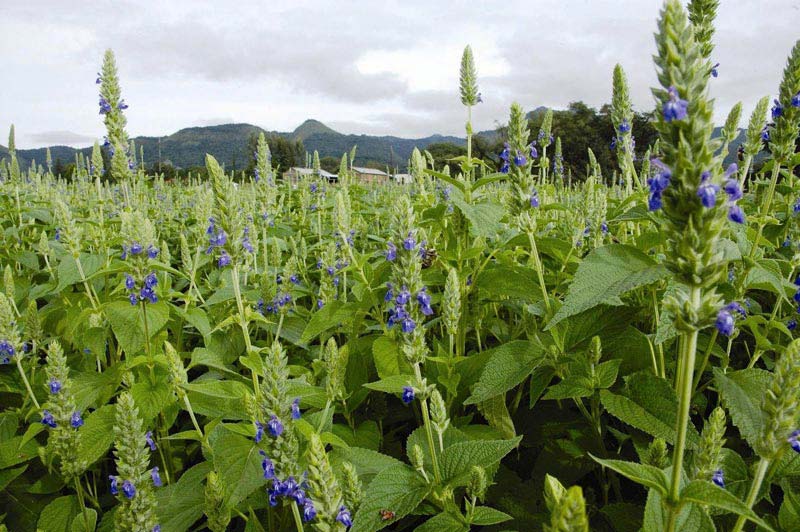
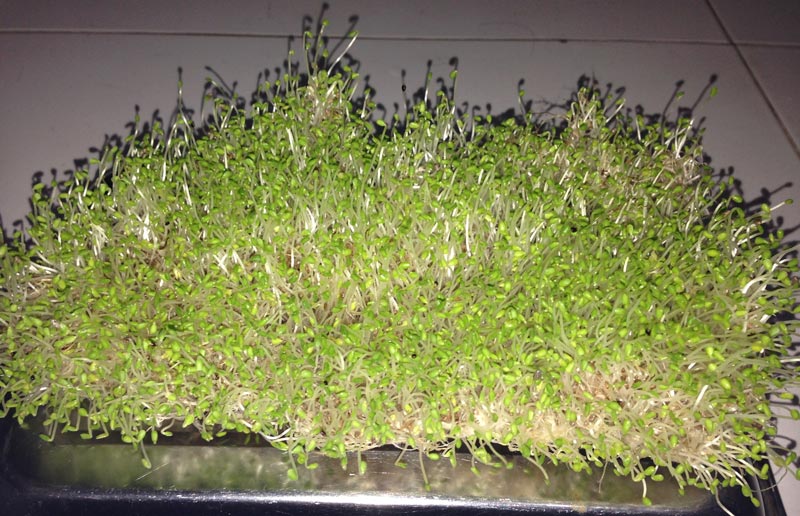
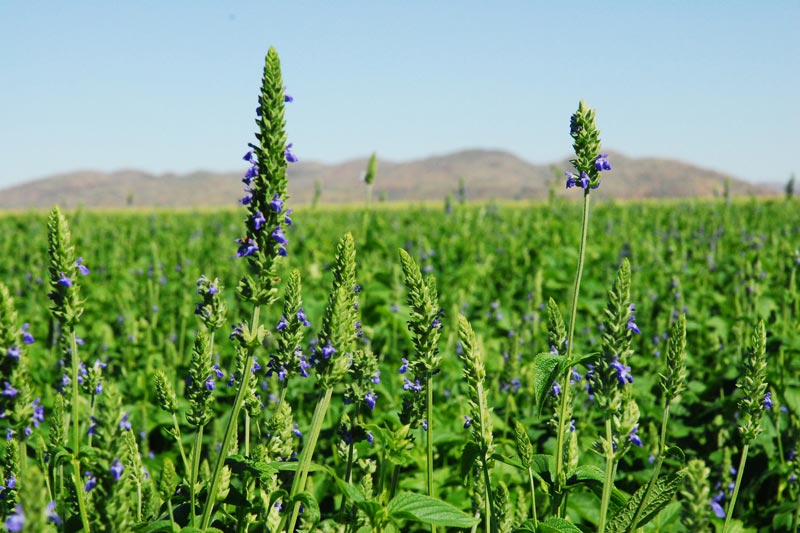


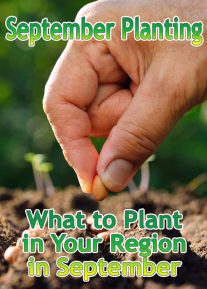

Leave a Reply